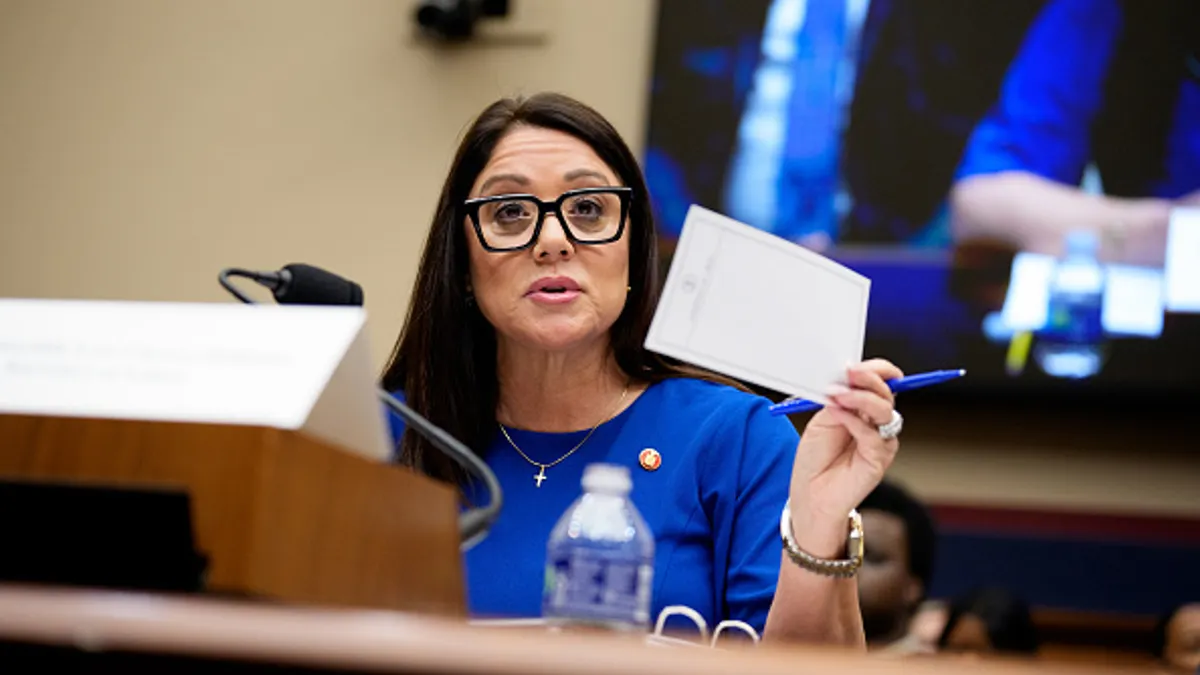Dive Brief:
-
The U.S. Department of Labor announced that it has chosen Scott Ketcham as director of OSHA's Directorate of Construction (DOC). Ketcham previously held the position of DOC deputy director for more than two years.
-
Ketcham for 19 years also served in various other roles at OSHA regional offices in Seattle, Dallas and Philadelphia, including that of acting deputy regional administrator, area director, assistant area director, compliance officer and manager. Ketcham retired after a 24-year career in the U.S. Army, where he was a staff industrial hygienist for five years.
-
Ketcham has a strong background in construction, and, according to Loren Sweatt, OSHA principal deputy assistant secretary, is a leader who will be able to help the agency protect the health and safety of construction workers.
Dive Insight:
The DOC is the OSHA division that develops construction-related workplace safety standards and assists other agencies in implementing and enforcing construction laws and standards. The DOC also has other roles including:
- Establishing and maintaining a construction compliance guidance and assistance program.
- Providing construction and engineering-related technical services.
- Coordinating construction education and training outreach programs.
- Assisting with construction-related litigation issues.
- Providing adequate and timely information to the construction industry about OSHA activity, initiatives and programs.
- Preparing and issuing special reports about construction industry work practices, control procedures, and abatement methodologies.
- Ensuring that state agencies with their own OSHA-approved plans and programs are given the opportunity to participate in the development and implementation of OSHA standards and policies.
The position of DOC director, said attorney Phillip Russell with Ogletree, Deakins, Nash, Smoak, & Stewart in Tampa, Florida, is an important one because although the division is not very visible on the enforcement side, it makes policy and has other input.
An example of the DOC's influence, he said, is the June report on the Florida International University bridge collapse prepared by the DOC's Office of Engineering Services (OES). Other departments under the DOC's control are the Office of Construction Services and Office of Construction Standards and Guidance.
The OES laid most of the blame for the collapse at FIGG's doorstep, calling out the engineering firm for not recognizing that expanding cracks in the bridge made it unstable and for failure to shore up the structure and shut down traffic flow underneath. The collapse killed six people and injured eight others. The OES also took FIGG to task for supposedly directing work crews to re-tension the bridge's post-tensioning bars, a task that was taking place when the bridge fell.
Russell said it is likely that with the appointment of this particular DOC director, there will be a more balanced approach to compliance, with a new emphasis on industry partnering, because of Ketcham's background in construction.
However, Russell said, OSHA still lacks a permanent assistant secretary of labor to lead the agency. "[The appointment] is interesting, compelling, and [the DOC] makes a big difference in policy," he said, "but [the DOL should] give us a head of OSHA."












